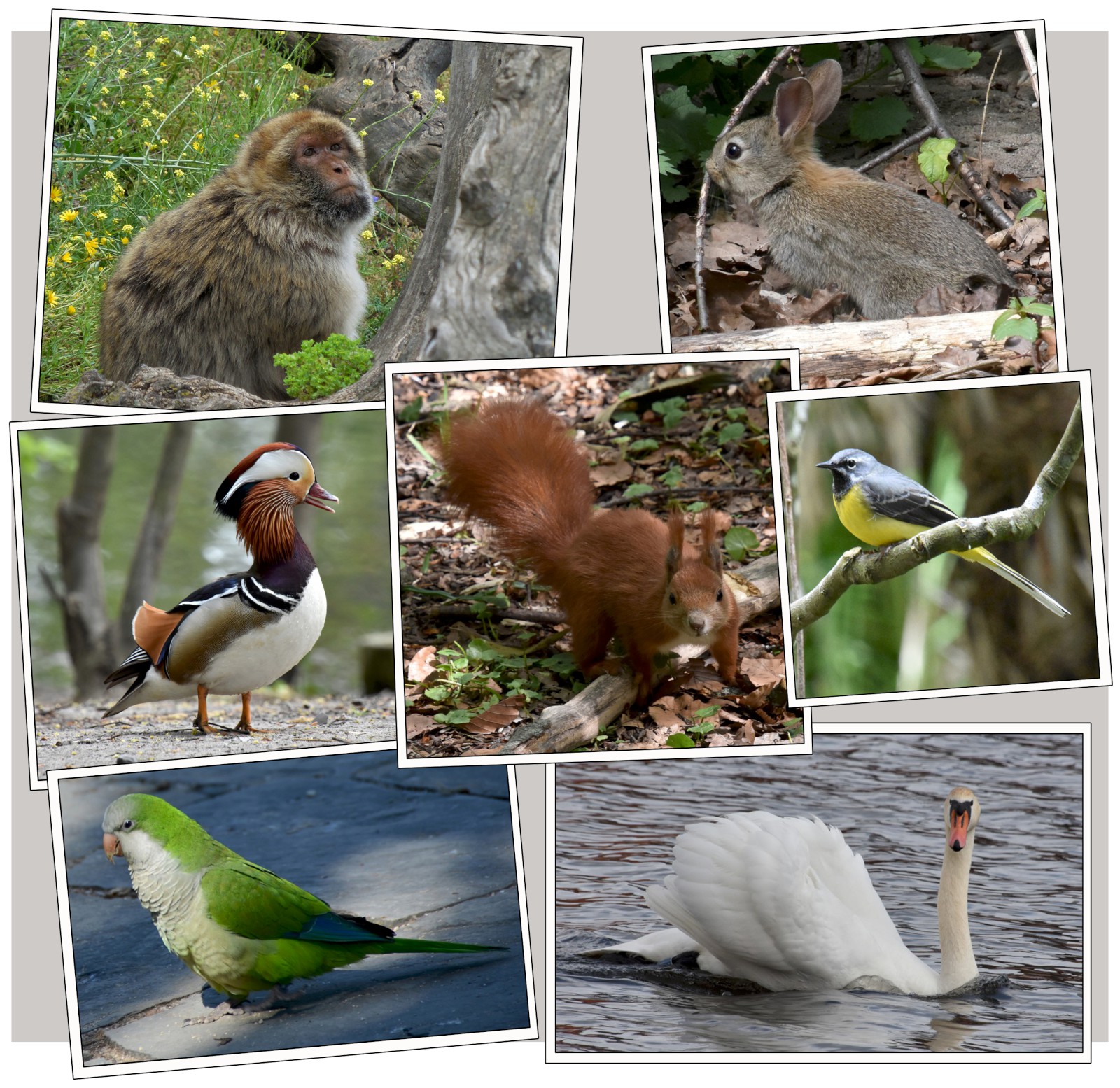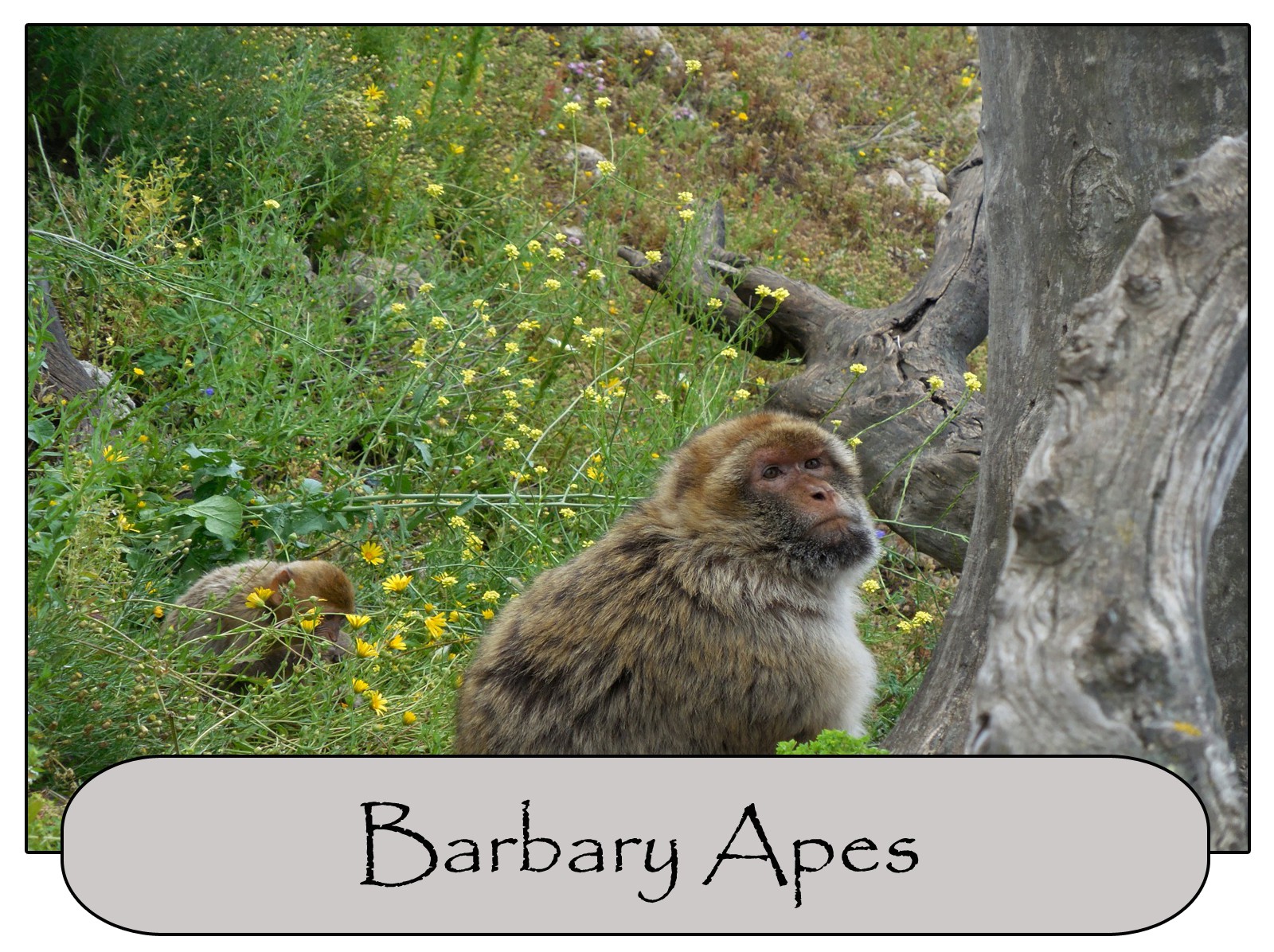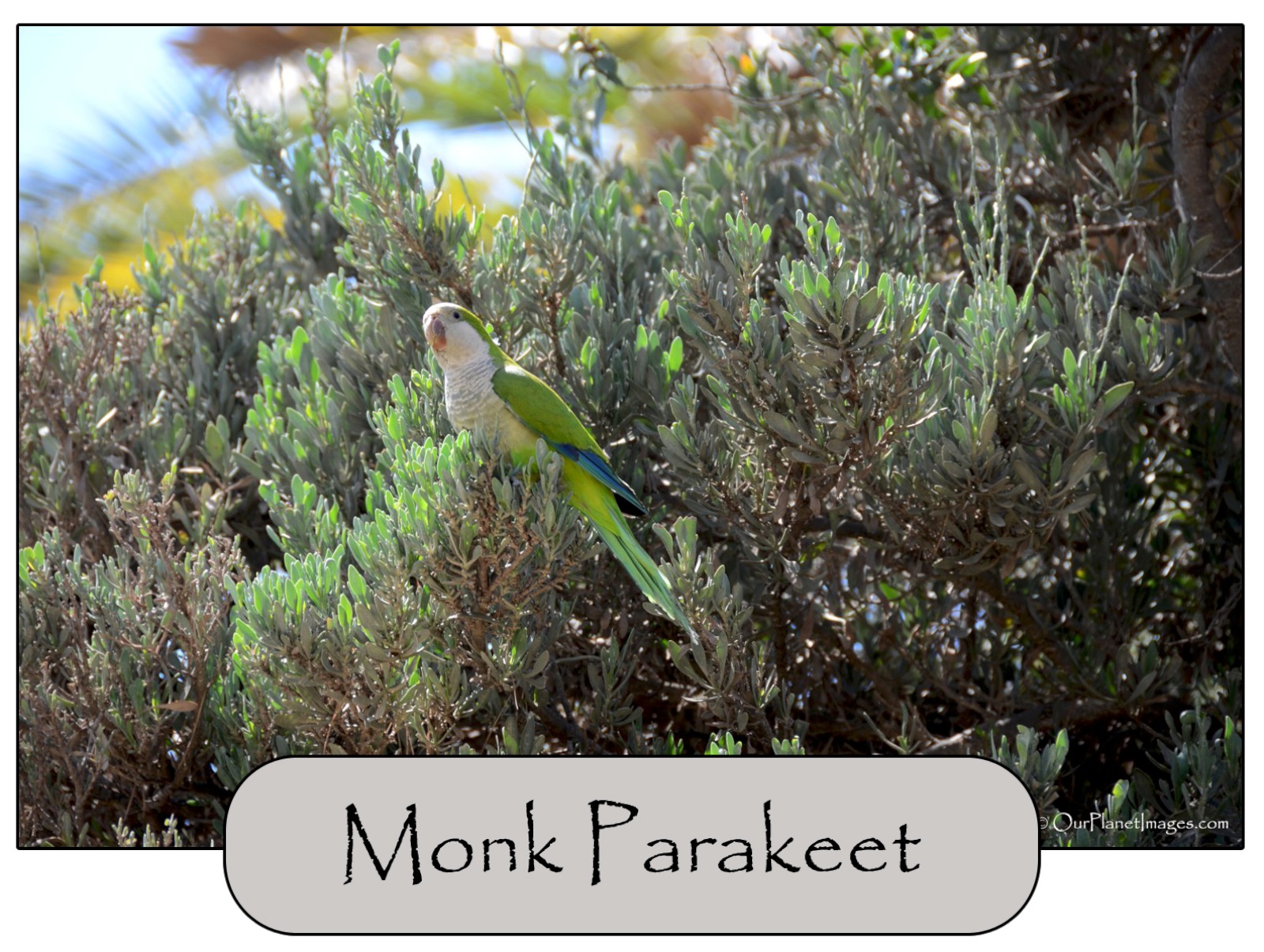
Very few people travel to Europe with the intent of seeing any wildlife. For most European travelers, seeing wildlife is not even on their travel radar. There is so much historical and cultural sites to see that planning trip to Europe always comes down to choosing the highest priority places to see on this trip and the places that will need to be postponed for the next trip. With so much to see it might seem foolish to spend any time looking for wildlife but there is some wildlife that can be seen in combination with the seeing most important places on your trip.
In my trips to Europe I have never actually planned time to look for wildlife but I have seen a fair amount of wildlife during my traveling time and in the vicinity of my priority travel sites. Some of the wildlife that I have seen has surprised me as I have seen foxes inside the city of London and Berlin.
Europe does have some large animals but the majority of wildlife that most visitors will see are small animals and birds. The most common animals to see in Europe are rabbits, squirrels and birds. Rabbits and squirrels can easily be seen in city parks and birds can be seen in expected areas like seeing shorebirds on the beach or forest birds in wooded areas of parks or around castles.

Europe is home to about 270 species of mammals, about 540 species of birds, about 150 species of reptiles and approximately 85 amphibian species. Some species are more famous for being European Species and are considered as iconic European Wildlife.
My list of iconic European wildlife that are relatively easily seen are:
- Red Fox
- Red Squirrel
- European Rabbit
- European Shag
- European Robin
- Barbary Macaque
- Mute Swan
- Graylag Goose
- Jackdaw
- Eurasian Jay
- Eurasian Nuthatch
- Great Spotted Woodpecker
- Blue Tit
- Great Tit
- Monk Parakeet
- Gray Wagtail
Note: I have seen all of these in my travels to Europe.
Wildlife Posts
(Click on the photo below for more information on each topic.)
I will be making more posts on European Wildlife, so check back later to see my future posts on European Wildlife.

